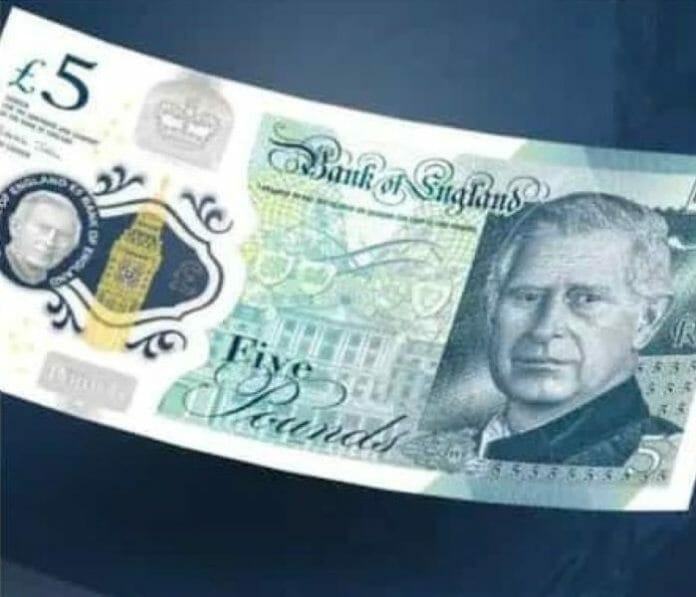Despite weakening against the JPY and AUD, the EUR appreciated by more than 1.5% YTD against the USD, attributable to a sharp rise in European equities due to a decline in natural gas prices and improving risk appetite amid expectations of a less aggressive Fed. To add, the euro was also supported by a higher-than-expected retail sales reading of 0.8% MoM (consensus: 0.5%) and a hotter-than-expected core inflation rate of 5.2% YoY (consensus: 5.0%). EUR (1.083) ▲
In the next few weeks, the EUR may continue to strengthen against the USD and trade near the 1.09 threshold, supported mainly by a potential 50 basis points (bps) interest rate hike by the European Central Bank and diminishing USD strength. The USD index (DXY) is expected to trade below the 102.0 level by end-January due to a return of risk-on sentiment amid bets of a less hawkish Fed and China’s reopening optimism.
GBP (1.223) ▲. Signs of cooling inflation in the US and positive domestic GDP growth of 0.1% MoM (Oct: 0.5%; Consensus: -0.2%) have helped the GBP to appreciate against the USD back to above the 1.22 level on January 13. However, the pound’s upside was capped by UK’s disappointing manufacturing production data and lingering fiscal risk premium.
The weakening of the DXY due to the Fed’s softening hawkish stance, coupled with the Bank of England’s continued commitment to bringing down inflation, by potentially raising the UK base interest rate to 4.0% (50 bps hike) on February 2 may help to boost the pound to strengthen further against the USD. Nevertheless, any fresh signs of UK economic gloom may limit GBP’s appreciation.









